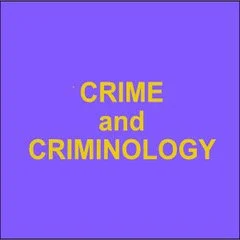By George Rengert and John Wasilchick
Residential burglar perceptions were classified into spatial and temporal components that form their routine activities in order to understand criminal activities from the criminal's point of view.
Burglar informants were selected from a large inner city (Philadelphia), a mid-sized city (Wilmington, Delaware), and suburban areas between these two cities. Each informant was asked to construct time diaries noting the time they awoke and what time they performed different activities for the following day. After the "next day" diary was kept, informants were asked to keep a similar diary for a future time that included a burglary. The process of searching for a burglary site has properties in common with the spatial search process involved in the real estate market. The objective of burglars' spatial search was to locate the best possible burglary site. Information sources used in burglaries included newspapers, friends and other contacts, jobs, and spatial research. Different burglars used different search strategies, and no urgency was involved in locating a crime site. As burglars searched for homes to burglarize, a sequence of homes was viewed, each with a set of attributes and locational factors. Once a successful burglary was committed, the information gained from the experience reinforced positive images the burglar had about a specific community. This made the same community more likely to be chosen for subsequent burglaries. The impact of residential burglary on the urban infrastructure is discussed, and time is viewed as an important concept in defining opportunities for crime in terms of spatial accessibility.
Philadelphia: Temple University, Department of Criminal Justice, 1988. 187p.





















